Federated Health Charities’ mission is to improve the health and quality of life of all Ontarians by supporting 21 different health charities providing critical services to those experiencing, or affected by, illness. We believe education and prevention are key parts of supporting the health of our communities so our weekly Health Hint series strives to provide tangible and easy to implement hints and tips on how to maintain your health, prevent disease, and enjoy increased quality of life. Check out our latest Health Hint on infant colic and feeding difficulties. We hope you find it helpful. If you would like to join our efforts to support the health of Ontario please consider a donation to Federated Health Charities.
There is no standard definition for colic. Colic happens by excessive and nonstop crying without apparent reason. It is self-resolving condition and goes away on its own by age 3 to 4 months. The risk of having baby with colic has seen in all family. Colic occurs recurrently and most of the case it resolves with time, but undesirably impacts the parent. If your baby cries more than 3 hours a day, more than 3 times a week and occurs for over 3 weeks, it may be colic. There is no evidence that colic impact on baby grow or causing fever or illness. There are associations between colic and family social conditions such as maternal depression and early cessation of breastfeeding.
Causes of colic
There are several possible causes for colic including digestive disorders like lactose intolerance, cow’s milk protein intolerance, intestinal gas and feeding methods. Recent evidence suggesting that changes in microorganism’s specific environment in human body or part of the body (microbiome) play crucial role causing colic. For example damaged or delayed colonization of lactobacillus bacteria group in human body.
Clinical Manifestation
Colic suddenly happens and continues with episodes; usually it happens during the evening time with no obvious cause. The baby cries loudly with higher degree of noise which seems baby having pain. The parent usually fails to make comfort the baby. Crying may possibly lessen but the baby remains hard to please. During the episode of crying, the baby’s muscles tone increase (hypertonia), signs like reddening of face, pale color of the skin mainly in a white area around the mouth, tense or distended belly muscle, rounded back, and clenching of fingers exist with colicky infant. These clinical circumstances can be seen in many other infant illnesses and are not specific for colicky infants. The care giver does differential diagnosis for making decision for treatment. As mentioned in above, several other conditions which are the consequence of a previous disease or injury can cause colic; these conditions are including infection, heart diseases, trauma, brain disorders, otitis, metabolic disorders, constipation, underfeeding and digestive system obstruction. Colicky Babies are often gassy, fussy, and having sleep disorder.
Management of colic without the use of medication
- Manipulative treatment: Belly message in the form of skin to skin may relaxing the baby. Warm bath aids rectal spasm. Heat pad may cause burning, therefore should not be used.
- Behavioral intervention: Daily record of characteristic of colic episodes can help to understand the behaviors related to colic episodes. Once the baby’s crying nature understood a ploy can be apply to minimize acts that lead to crying.
- Environmental Management: White noise, baby swings, car rides can be applied, but there is no evidence that these measures are effective. Over stimulation can exacerbate the condition.
- Dietary Advices: During feeding of baby in colicky state, vertical position may help to prevent of regurgitation. Change the baby’s position to vertical every five to ten minutes before breast feeding maybe helpful, this technique will aid to prevent digestive distress.
- Bottle management: Choose a bottle labeled as anti-colic to minimize digestive distress to prevent air swallowing, the bottle will help to diminish gas bubbles in the stomach as well.

Management of colic with the use of medication
Medication is rarely recommended because there is no sufficient evidence to understand the pathophysiology of the infant colic. Moreover, medication could harm the baby because of the potential side effects of them. Appropriate intake of vitamin and minerals could be suggested. Some studies show that night-time breast milk contain melatonin (sleep hormone) may improve baby’s sleep and lessening colic.
There are some over the counter medicines such as sucrose, Semithicon, Cimetropium Bromide and probiotic agents (Lactobacillus Reuteri) may little reduce the colic symptoms, but administration of these medicines should be under direct supervision of pediatrician or pharmacist.
Conclusion
Feeding problem in infants may lead poor nutrition, dehydration, aspiration (drawing breath) chronic lung diseases, and many other problems. If the baby has feeding difficulties the parent should visit a pediatrician for further assessment.
We hope you liked out latest Health Hint!
Written by: Zafar Omari
References
Dattani S. Gastrointestinal Condition: Infant colic. Therapeutic Choices for Minor Ailment
Infantile colic. (n.d.). https://www.ncbi.nlm.nih.gov/pmc/articles/PMC6091773/
Looking for new treatments of Infantile Colic | Italian Journal of Pediatrics | Full Text. (n.d.). https://ijponline.biomedcentral.com/articles/10.1186/1824-7288-40-53
Managing Colicky Babies | Nestlé Baby. (n.d.). https://www.nestlebaby.ca/en/managing-colicky-babies?gclid
Burping Your Baby (for Parents)—Nemours Kidshealth. (n.d.). https://kidshealth.org/en/parents/burping.html
The 8 Best Anti-Colic Bottles | Healthline Parenthood. (n.d.). https://www.healthline.com/health/best-anti-colic-bottles










